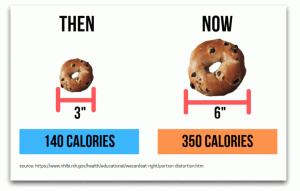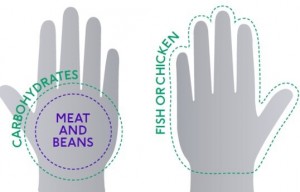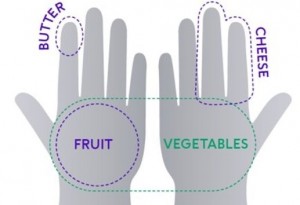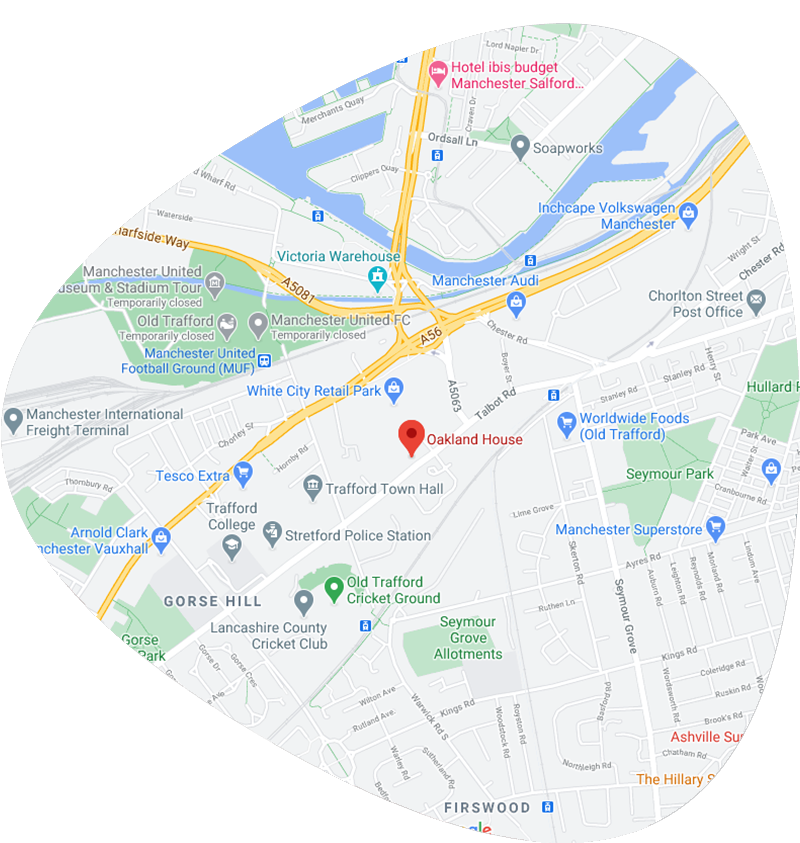Posted on March 11, 2021
Top Tips on How to Manage Food Portion Sizes
(By Mark Beattie – 3rd year Nutritional Sciences student at MMU)
For many of us, the thought of ordering our favourite takeaway on a Friday night motivates us to get through the week. Well, if you’re anything like me! Do you ever find the portion sizes a bit of a challenge, but usually rise to that challenge and polish it all off anyway? I think we’ve all done it haven’t we. It isn’t just takeaway meals, but café and restaurant portions are sometimes a little oversized, and even a humble plate of homecooked curry with rice might be slightly on the stomach-stretching side. Consuming a large meal is okay every now and then, but if we regularly consume more energy and nutrients than we need, we are likely to gain weight which can increase our risk of getting those common diseases (e.g. type 2 diabetes, heart disease, and cancer) that we’d all rather avoid.
So, how about some tips on controlling portion sizes and becoming a smarter eater?

Be Aware of Portion Distortion
It isn’t just larger portions on our plates that have become an issue. Supermarket products like ready meals and bagels have increased in size too. This is known as ‘portion distortion’. We’re unknowingly consuming greater amounts of calorie-dense foods than we were in the past. For example, family packs of crisps have increased in size by a whopping 50% since 1993!
It’s good practice to check food nutrition labels to know what serving size the information on the pack refers to. It could differ considerably from the amount you would normally serve at home.

Think About Scales, Measures and Plate Sizes
A standard sized portion of food will look small on a large plate and make you feel like you’re depriving yourself. Using a smaller plate might deter this feeling and also prevent the temptation to pile on extra helpings. Serving food on individual plates instead of from a sharing pot or bowl may also discourage excess portions and overeating.
Using measuring cups is a straightforward way to control portion sizes. If you don’t have these, you can always use a standard mug or container as a rough guide, or even your own hands!


Good Practice at Home During Mealtimes
Say you’ve prepared a dish that contains rice, you might have a bread or a chapati to go with it. But did you realise that this could double your portion of starchy carbohydrates? If you really enjoy having both, try having less rice or a smaller wheat-based product to reduce the overall amount you eat.
Snacking before and after mealtimes is associated with weight gain, but this isn’t necessarily the case. If you’re feeling hungry in between meals, having a portion of fruit or a handful of nuts could actually help you to avoid overeating at your next meal.

- Stopping yourself from having leftovers out of the pan can be really difficult sometimes. Why not try cooking smaller batches, or if cooking a large batch, portion the remainder into containers and refrigerate or freeze to create a separate meal for another time.
- Try waiting 15-20 minutes before eating more as this is the amount of time it takes for satiety (feelings of fullness) to emerge. Drinking a glass of water 30 minutes before a meal and chewing food for longer has also been shown to increase satiety and prevent overeating.
Eating Out More Healthily
When eating out, ask the server how big the portion sizes are. This way you avoid ordering too much food that you feel obliged to finish.
Alternatively, if you know a restaurant serves large portion sizes, you could agree to split a main meal with a companion.
F Check if takeaway boxes are provided so you can split your portion up and take some home with you for later. Bringing your own reusable container is always an option too.

Here are some further resources on portion sizes:



